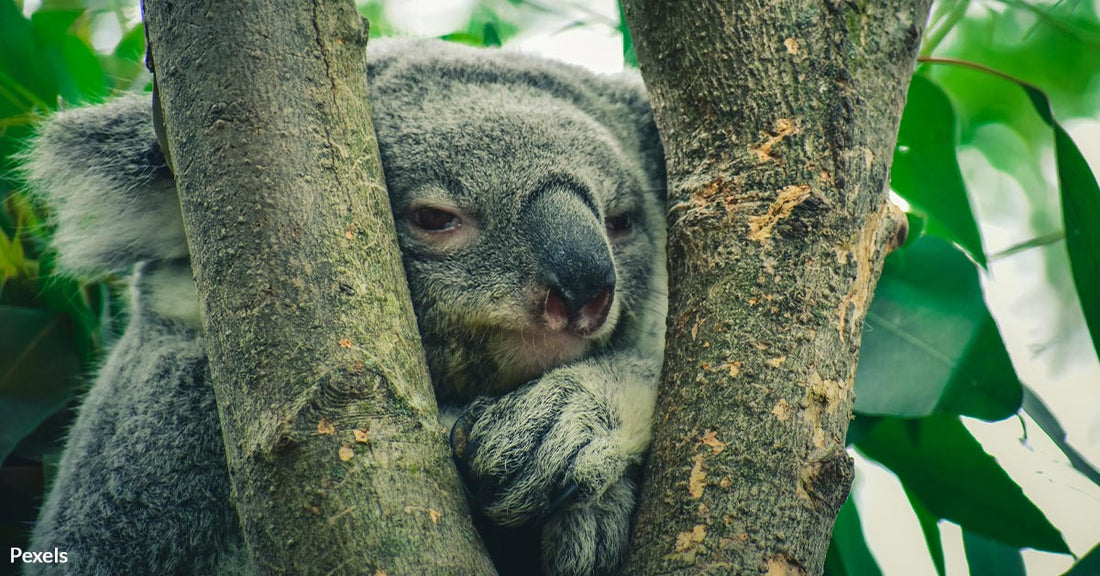San Diego Zoo's Critical Mission to Save Koalas from Deadly Retrovirus in Race Against Extinction
Matthew Russell
In the verdant eucalyptus forests of Australia, koalas are engaged in a silent battle for survival against an invisible foe: the Koala Retrovirus (KoRV). It's a war that the San Diego Zoo Wildlife Alliance (SDZWA) has joined with vigor and innovation.
KoRV, unique to koalas, has emerged as a key player in their declining health. Belonging to the Retroviridae family, its most notorious subtype, KoRV-A, is found universally in northern koala populations and variably in the south.
 Photo: Pexels
Photo: PexelsKoalas face habitat loss due to urban development and agricultural expansion.
According to the National Koala Disease Risk Report, this virus integrates into the koala's DNA, potentially triggering a range of health issues, from immune suppression to cancer.
Post-Wildfire Koala Conservation
In response to the devastating Australian wildfires of 2020, SDZWA escalated its conservation efforts. Recognizing the heightened risks to koalas, they lauded the Australian government's decision to list the koala as endangered.
This move marked a pivotal moment in the conservation narrative, as it acknowledged the compounded threats of habitat loss, climate change, and disease.
 Photo: Pexels
Photo: PexelsClimate change is altering the koalas' eucalyptus habitat, impacting their food sources.
Revolutionizing Koala Conservation through Genomics
In a groundbreaking initiative, SDZWA, in collaboration with Illumina, embarked on creating the largest koala pedigree genomic database. This database is a treasure trove of information, shedding light on the intricate genetic and health landscapes of koalas.
The project focuses on nearly 100 koalas in North America, tracing their genetic makeup to understand better how KoRV affects them. This research is not just about data collection; it's a beacon of hope for developing effective conservation strategies.
 Photo: Pexels
Photo: PexelsThe Koala Retrovirus (KoRV) increases their susceptibility to diseases like leukemia and lymphoma.
The Hurdles and Horizons in Koala Conservation
Despite these strides, challenges loom large. The transmission modes of KoRV subtypes and the development of a viable vaccine are still areas of active research. According to the Sacramento Bee, There's a critical need for a formalized surveillance system for monitoring KoRV in both wild and captive koala populations. These gaps underscore the necessity for sustained, collaborative efforts in research and wildlife management.
A Continued Commitment to Koala Welfare
The efforts of the San Diego Zoo are a testament to the power of science and collaboration in wildlife conservation. Their work, from advocacy to genomic research, is shaping a brighter future for koalas. However, the journey is far from over. It will require ongoing research, global cooperation, and a deep commitment to preserving these iconic marsupials for generations to come.
Click below and help take action for koalas!

